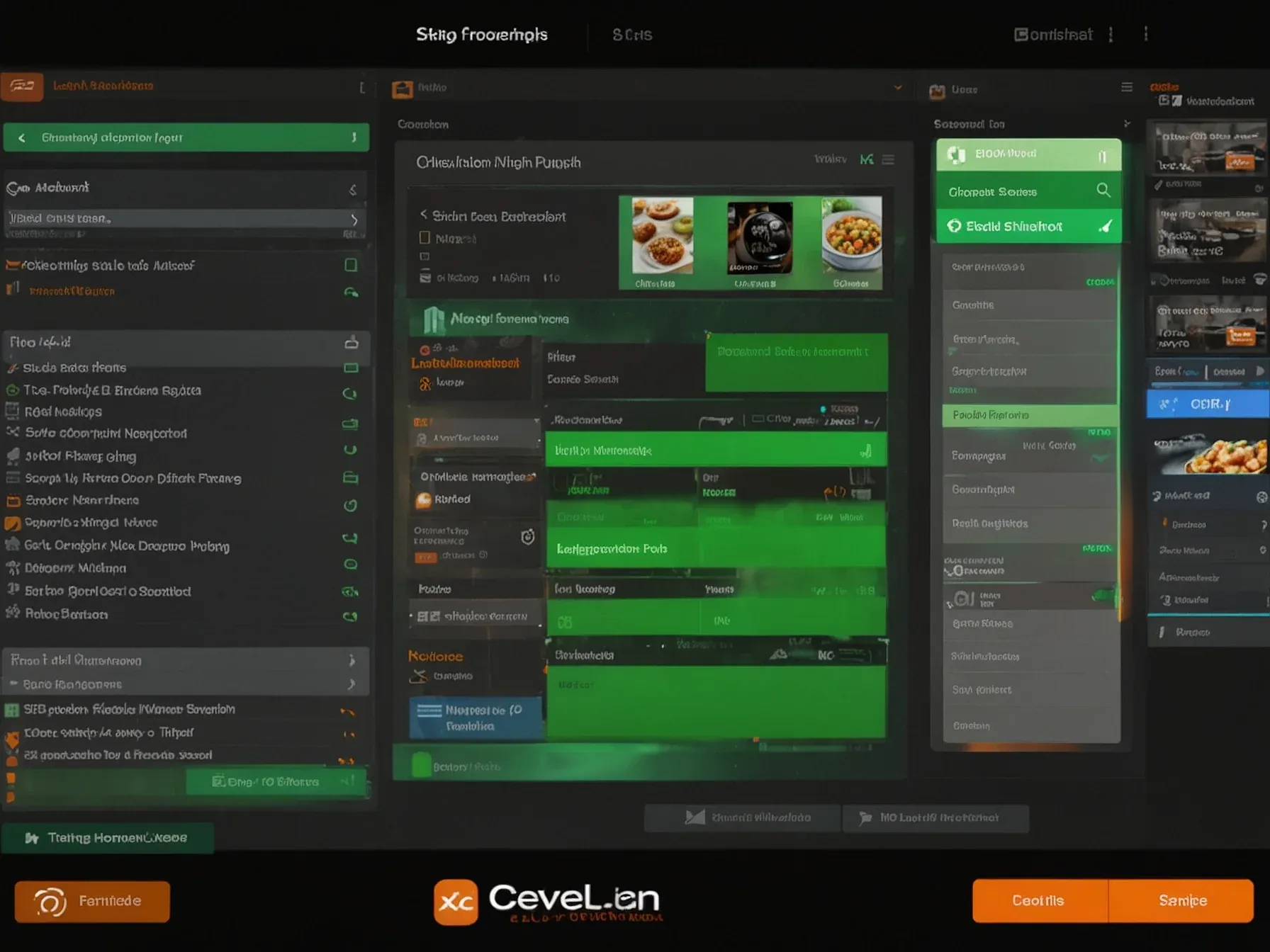
OpenAI releases GPT-5.1 prompting guide urging completeness, consistency
OpenAI’s latest documentation for GPT‑5.1 arrives as the model rolls out to developers who have already built pipelines around its predecessor. The company’s prompting guide is positioned as a practical handbook rather than a marketing flyer, aiming to smooth the transition for teams that rely on the API for production workloads. While GPT‑5 set a high bar for fluency, early feedback highlighted occasional lapses where the output narrowed to a single angle, leaving broader reasoning untouched.
In response, OpenAI outlines concrete techniques for shaping prompts that nudge the system toward more exhaustive answers. The instructions emphasize structuring queries to force the model to map out its reasoning steps before committing to a final answer, and they provide tips for monitoring how the model selects and applies external tools. By tightening control over these levers, developers can better align the system’s behavior with the expectations of their applications.
The guide’s core recommendations revolve around two themes—completeness and consistency—setting the stage for the specific advice that follows.
Teams upgrading from GPT-5 are encouraged to tune the model for completeness and consistency, since responses can sometimes be too narrow. The guide suggests reinforcing step-by-step reasoning in prompts so the model plans ahead and reflects on its tool use. More precise control over GPT-5.1 behavior The GPT-5.1 prompting guide outlines expanded options for shaping model behavior.
Developers can define tone, structure, and agent personality for use cases like support bots or coding assistants. The guide also recommends setting expectations for response length, snippet limits, and politeness to avoid unnecessary verbosity and filler. A dedicated verbosity parameter and clear prompting patterns give developers tighter control over how much detail the model includes.
- Respond in plain text styled in Markdown, using at most 2 concise sentences. - Lead with what you did (or found) and context only if needed. - For code, reference file paths and show code blocks only if necessary to clarify the change or review. The guide introduces two new tools for programming agents. "apply_patch" produces structured diffs that can be applied directly and, according to OpenAI, reduces error rates by 35 percent. The "shell" tool lets the model propose commands through a controlled interface, supporting a simple plan-and-execute loop for system and coding tasks.
For longer tasks, OpenAI recommends prompts such as "persist until the task is fully handled end-to-end within the current turn whenever feasible" and "be extremely biased for action." This encourages GPT-5.1 to complete tasks independently, make reasonable decisions when instructions are vague, and avoid getting stuck in unnecessary clarification loops. Using metaprompting to debug prompts The guide also covers metaprompting, a method where GPT-5.1 analyzes its own prompts, identifies error patterns, and suggests fixes. OpenAI recommends this two-step approach for maintaining large or conflicting system prompts.
Will developers find the new guide enough? OpenAI’s GPT‑5.1 prompting guide promises tighter instruction following, but the documentation admits that outputs may still be overly narrow. Teams moving from GPT‑4.1 are told to adopt the “none” reasoning mode, which drops reasoning tokens and mimics earlier model behavior; yet the guide notes that more careful reasoning can be coaxed with tar, leaving it unclear how reliable that fallback is.
For groups upgrading from GPT‑5, the recommendation is to tune for completeness and consistency, reinforcing step‑by‑step reasoning in prompts so the model plans ahead and reflects on tool use. The advice is concrete, but the effectiveness of such prompting tweaks remains uncertain. Moreover, the shift to “none” mode may trade off the nuanced deliberation some applications rely on, a trade‑off the guide doesn’t quantify.
In practice, developers will have to experiment with the suggested patterns to gauge whether the promised precision translates into real‑world reliability.
Further Reading
- GPT-5.1 Prompting Guide - OpenAI Cookbook - OpenAI Cookbook
- GPT-5.1: A smarter, more conversational ChatGPT - OpenAI
- No One is Telling the REAL ChatGPT-5.1 Story - Nate's Substack
- Introducing GPT-5.1 for developers - OpenAI
Common Questions Answered
What does the GPT-5.1 prompting guide recommend to improve completeness and consistency?
It suggests reinforcing step‑by‑step reasoning in prompts, having the model plan ahead and reflect on tool use, and using expanded options to shape tone, structure, and agent personality. These techniques aim to prevent the model from producing overly narrow answers.
How does the “none” reasoning mode in GPT-5.1 affect model outputs compared to earlier versions?
The “none” reasoning mode drops reasoning tokens, making the model’s responses resemble the behavior of GPT‑4.1 and earlier models, which can reduce the depth of explanation. While this can simplify output, the guide warns that it may also increase the risk of narrow reasoning.
Which new control options does the GPT-5.1 prompting guide provide for developers building support bots?
Developers can now define the bot’s tone, structure, and agent personality directly in the prompt, allowing more precise customization for support scenarios. These expanded controls help align the model’s responses with brand voice and user expectations.
According to early feedback, what limitation of GPT‑5 does the GPT‑5.1 guide aim to address?
Early users reported that GPT‑5 sometimes narrowed its output to a single angle, missing broader reasoning. The GPT‑5.1 guide addresses this by encouraging step‑by‑step prompting and offering mechanisms to coax more comprehensive, multi‑perspective answers.




